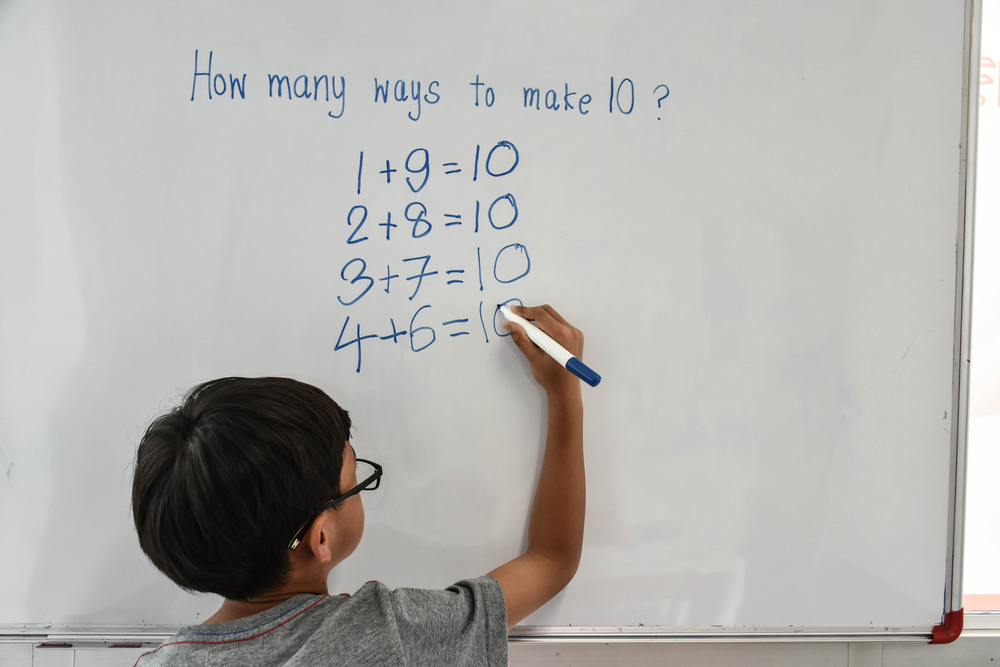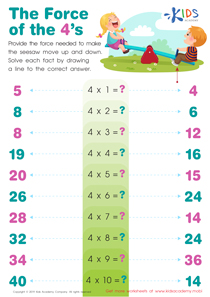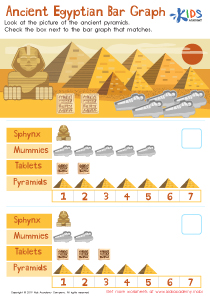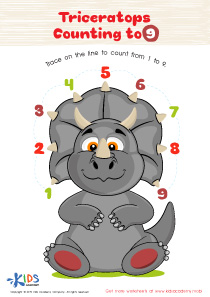Visual Learning Easy Addition & Subtraction Worksheets for Ages 6-8
4 filtered results
-
From - To
Unlock the power of visual learning with our engaging addition and subtraction worksheets designed for children ages 6-8! These worksheets are tailored to enhance numerical understanding through colorful illustrations and hands-on activities, making math enjoyable and accessible. Each worksheet aims to build essential skills while promoting critical thinking and problem-solving abilities. With a focus on visual aids, students will grasp key concepts faster and gain confidence in their math skills. Perfect for classroom use or at-home learning, our resources cater to various learning styles, ensuring every child can master addition and subtraction. Explore our collection and watch your child's math abilities flourish!
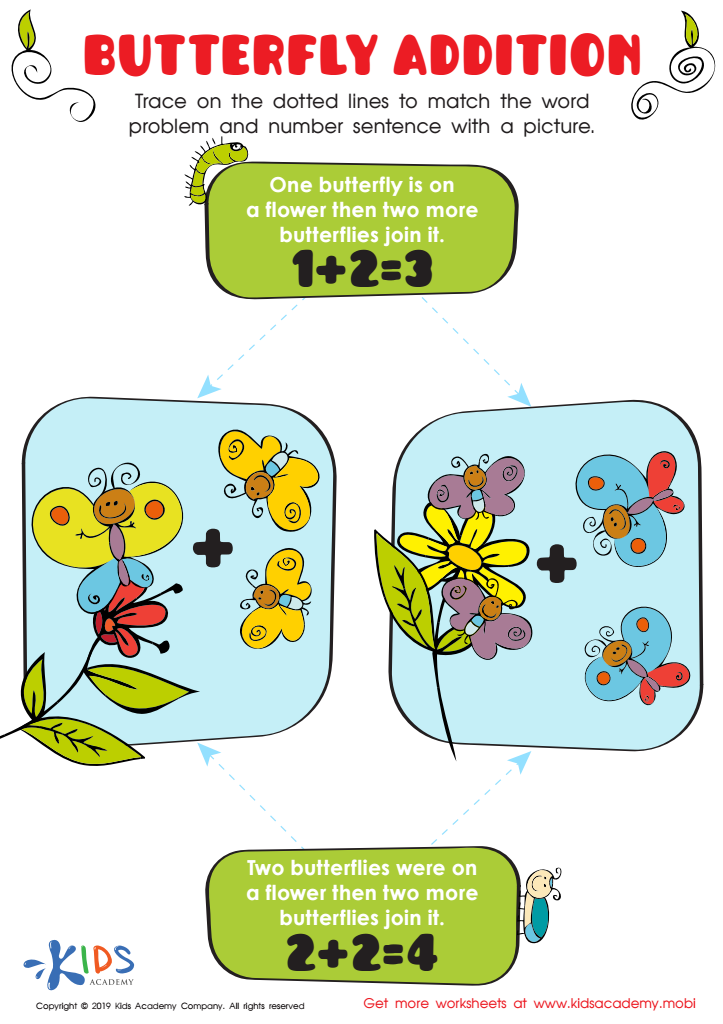

Butterfly Addition Worksheet


Subtracting Socks Worksheet
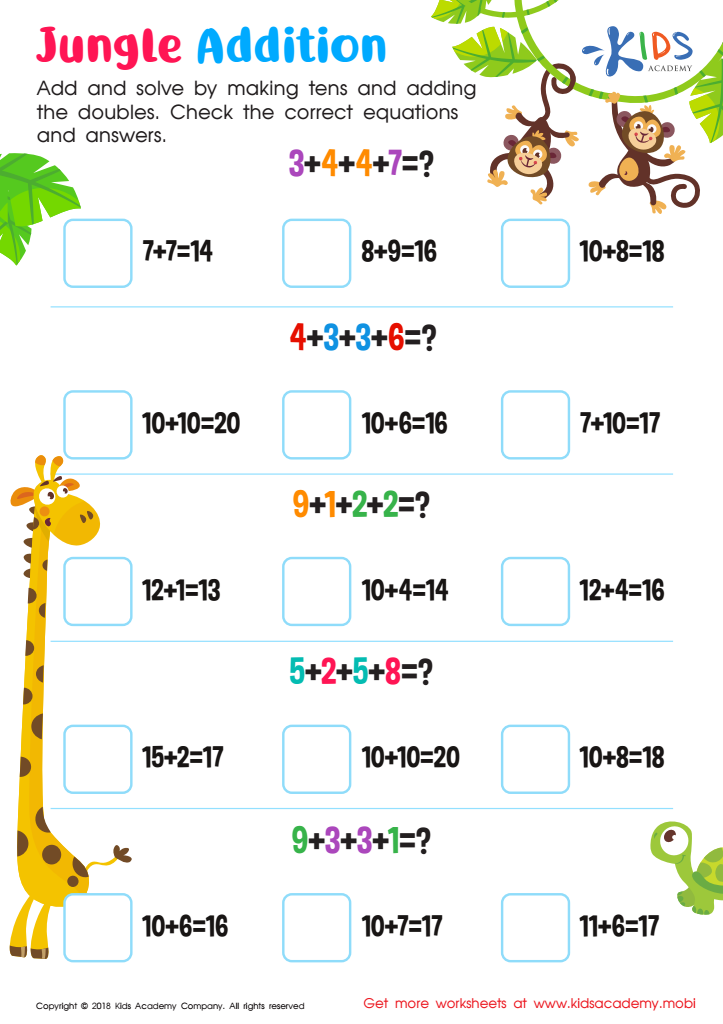

Jungle Addition Worksheet


Addition at the Zoo Worksheet
Parents and teachers should care about "Visual Learning Easy Addition & Subtraction" for children ages 6-8 because this approach enhances mathematical understanding through engaging and interactive strategies. At this developmental stage, children are beginning to grasp foundational math concepts, and visual learning aids—such as manipulatives, number lines, and colorful charts—make abstract ideas more concrete.
Visual representations help children see the relationship between numbers, making it easier for them to understand addition and subtraction. By employing graphics, diagrams, and visuals, learners can visualize equations and develop problem-solving skills without feeling overwhelmed. This method caters to various learning styles, ensuring that both visual and kinesthetic learners thrive.
Moreover, visual learning can foster mathematical confidence. When children can see the results of their calculations through visual means, they are likely to internalize concepts more effectively and view math as accessible and enjoyable. Ultimately, embracing visual learning tools in early mathematics can promote a strong foundation that supports future academic success, encourages exploration, and nurtures a lifelong interest in mathematics. Thus, both parents and teachers play a vital role in incorporating these strategies within their children's education.
 Assign to My Students
Assign to My Students






